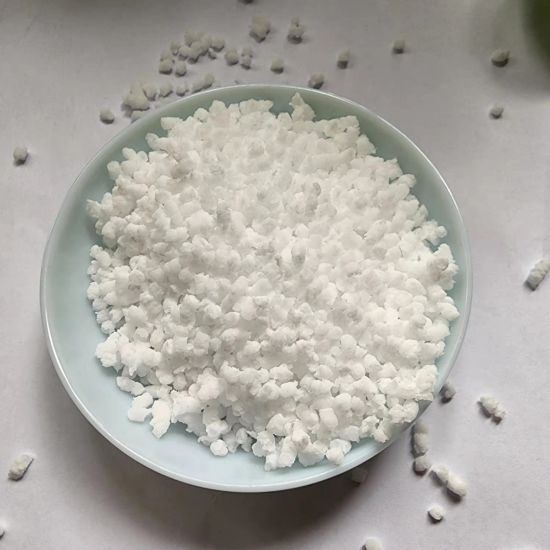
FOB Price
Get Latest Price|
Minimum Order
Place of Origin:
-
Price for Minimum Order:
-
Minimum Order Quantity:
20 Metric Ton
Packaging Detail:
Varies
Delivery Time:
By Sea
Supplying Ability:
5000 Metric Ton per Week
Payment Type:
T/T
Malaysia
Contact Person Mr. Suh
85050 SABAH MALAYSIA, KELENTAN, Kelantan
Thermoplastic rubber granules honey Coloured. thermoplastic rubbers, are a class of copolymers or a physical mix of polymers (usually a plastic and a rubber) that consist of materials with both thermoplastic and elastomeric properties. While most elastomers are thermosets, thermoplastics are in contrast relatively easy to use in manufacturing, for example, by injection molding. Thermoplastic elastomers show advantages typical of both rubbery materials and plastic materials. The benefit of using thermoplastic elastomers is the ability to stretch to moderate elongations and return to its near original shape creating a longer life and better physical range than other materials.[1] The principal difference between thermoset elastomers and thermoplastic elastomers is the type of cross-linking bond in their structures. In fact, crosslinking is a critical structural factor which imparts high elastic properties.
Pressure sensitive adhesives, Sealants, Road marking paint, Bitumen
modification, Waterproof membrane adhesive, Hygiene adhesive.
| Test Items | Unit | Sales Specification range |
| Polystyrene content | wt% | 23 to 27 |
| Di-block Content | Di-block Content | 23 to 27 |
| Melt Flow rate | g/10min | 8.5 to 13.5 |
| Tensile Strength | Mpa | ≥5.0 |
| Elongation at Break | % | ≥750 |
| Solution Vicosity | mPa.s | ≤1200 |
| Volatile Matter | Wt% | ≤0.7 |
| Ash | Wt% | ≤0.7 |
| Test Items | Unit | Sales Specification range |
| Polystyrene content | wt% | 24 |
| Di-block Content | Di-block Content | 26.82 |
| Melt Flow rate | g/10min | 10 |
| Tensile Strength | Mpa | 10 |
| Elongation at Break | % | 1000 |
| Solution Vicosity | mPa.s | 465 |
| Volatile Matter | Wt% | 0.5 |
| Ash | Wt% | 0.2 |
| Mn(SIS) | - | 84000 |
| Mn(SI) | - | 38000 |
CAS No. 25038-32-8


Thermoplastic rubber granules honey Coloured. thermoplastic rubbers, are a class of copolymers or a physical mix of polymers (usually a plastic and a rubber) that consist of materials with both thermoplastic and elastomeric properties. While most elastomers are thermosets, thermoplastics are in contrast relatively easy to use in manufacturing, for example, by injection molding. Thermoplastic elastomers show advantages typical of both rubbery materials and plastic materials. The benefit of using thermoplastic elastomers is the ability to stretch to moderate elongations and return to its near original shape creating a longer life and better physical range than other materials.[1] The principal difference between thermoset elastomers and thermoplastic elastomers is the type of cross-linking bond in their structures. In fact, crosslinking is a critical structural factor which imparts high elastic properties.
Pressure sensitive adhesives, Sealants, Road marking paint, Bitumen modification, Waterproof membrane adhesive,Hygiene adhesive.
Product IntroductionThermoplastic rubber granules honey Coloured. thermoplastic rubbers, are a class of copolymers or a physical mix of polymers (usually a plastic and a rubber) that consist of materials with both thermoplastic and elastomeric properties. While most elastomers are thermosets, thermoplastics are in contrast relatively easy to use in manufacturing, for example, by injection molding. Thermoplastic elastomers show advantages typical of both rubbery materials and plastic materials. The benefit of using thermoplastic elastomers is the ability to stretch to moderate elongations and return to its near original shape creating a longer life and better physical range than other materials.[1] The principal difference between thermoset elastomers and thermoplastic elastomers is the type of cross-linking bond in their structures. In fact, crosslinking is a critical structural factor which imparts high elastic properties.
Pressure sensitive adhesives, Sealants, Road marking paint, Bitumen modification, Waterproof membrane adhesive,Hygiene adhesive.